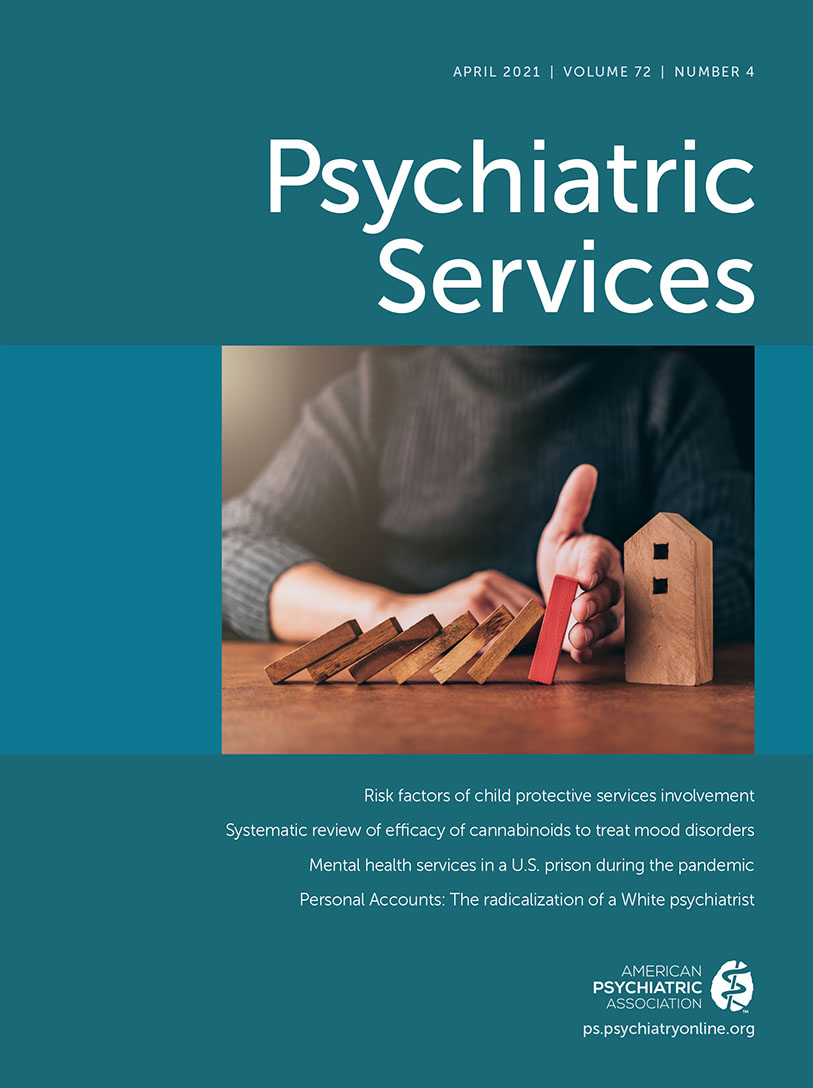American Association for Emergency Psychiatry Recommendations to Address Psychiatric Staff Shortages in Emergency Settings
Abstract
Objective:
The psychological sequelae of the COVID-19 crisis will increase demands for psychiatric care in already strained emergency and mental health systems. To address the shortage of psychiatrists (and nurse practitioners and physician assistants) in emergency settings (ESs), the American Association for Emergency Psychiatry (AAEP) has established recommendations for utilizing nonprescribing mental health professionals in the evaluation and management of psychiatric patients in these contexts.
Methods:
Faced with limited research on the roles and competencies of nonprescribing psychiatric emergency clinicians (PECs), a multidisciplinary committee of members of AAEP was tasked with developing recommendations for use of PECs.
Results:
The committee developed eight recommendations regarding the role of PECs in evaluation and management of patients who present to ESs with behavioral emergencies. PECs should have the following competencies: conducting independent psychiatric and substance abuse evaluations; managing behavioral emergencies; aiding in the recognition of confounding medical illnesses, intoxication and withdrawal states, and adverse drug reactions; developing appropriate treatment plans; recognizing when consultation from a psychiatrist or emergency physician is indicated; possessing self-awareness and recognizing clinician-patient dynamics; understanding medicolegal issues, such as involuntary holds and decision-making capacity; and collaborating with clinical teams in ESs. PECs are not meant to replace psychiatrists but to extend the psychiatrist’s reach. Use of PECs has already been implemented in some areas of the country.
Conclusions:
On the basis of the AAEP recommendations, ESs can address staffing shortages while ensuring safe management of patients with behavioral emergencies. With appropriate orientation and training, the PEC can serve effectively and competently in an ES.



